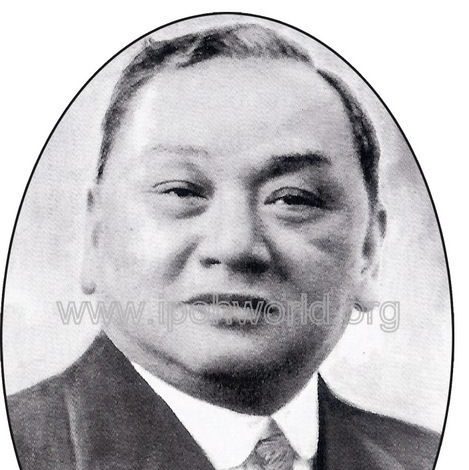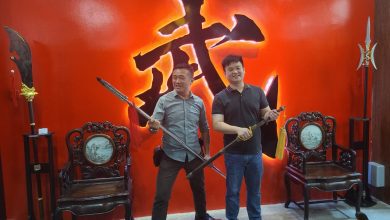

By Ian Anderson
Ipoh has a number of successful Chinese family’s well-known names like Foo, Lee, Yap, Lim, Yeoh and Chew, but in almost every case their success stems from their ancestors who came from China in the 19th Century. One such ancestor was Chew Boon Juan, patriarch of Ipoh’s Chew family.


In 1901, while on a visit to see his mother in China, Boon Juan received news that the foreman left in charge of the business was overspending. There were rumours that his business was at risk of insolvency. To publicly demonstrate his liquidity he was forced to borrow a significant sum of money. The business was saved. On return to Malaya, he became known to the surveyor Charles Alma Baker from New Zealand, who, recognising his talents, appointed him as the Chief of Gunong Lanno mine, just outside Ipoh. Rich in tin deposits, it was a difficult area to mine, with gullies, ravines and underground caves. Boon Juan worked his team hard with great success. The mine was productive for more than 20 years. This was a wonderful opportunity for the patriot; Baker received an annual income from the mine of $50,000, Boon Juan’s generous share was 15-20% of the profits.
He became a millionaire by the outbreak of the First World War.
Soon rich enough to retire in 1912 at the age of 33, he sent for his youngest brother from China, Boon Hong to run the business. He became a family man with three wives, six sons and 10 daughters. He bought a mansion on North Beach Road, Penang (Gurney Drive, the Millionaires’ Row of Penang), where he stayed for the rest of his life. In 1919, he built a bungalow on a three-acre site at Chamberlain Road, Ipoh, which is now the Raja Perempuan School. He also acquired a bungalow on Kampar Road, Ipoh, which was later sold to the Salvation Army for its home. He founded Ban Hoe Seng, initially a shop for trading rubber, later expanding to sell motorbikes and cars, a business in which his grandson Ignatius Chew is still involved.


In 1924, he went on a thirteen-month round-the-world tour with his close friend, Chung Thye Phin, the last Capitan China of Perak. In the photograph, taken at the Grand Canyon, Chew Boon Juan stands on the left with one of his wives; Chung Thye Phin and one of his seven wives are on the right. The little boy is Chung Kok Soon, one of Chung Thye Phin’s 10 sons; he also had seven daughters.
Chew Boon Juan died in 1950 aged 71. He left a great heritage; a large and successful family spread across the world.
We are grateful to Dr Ho Tak Ming who provided many of the details of this story.


